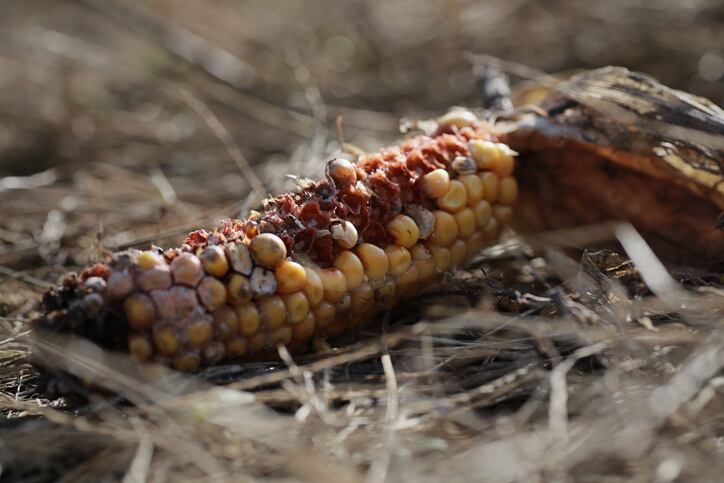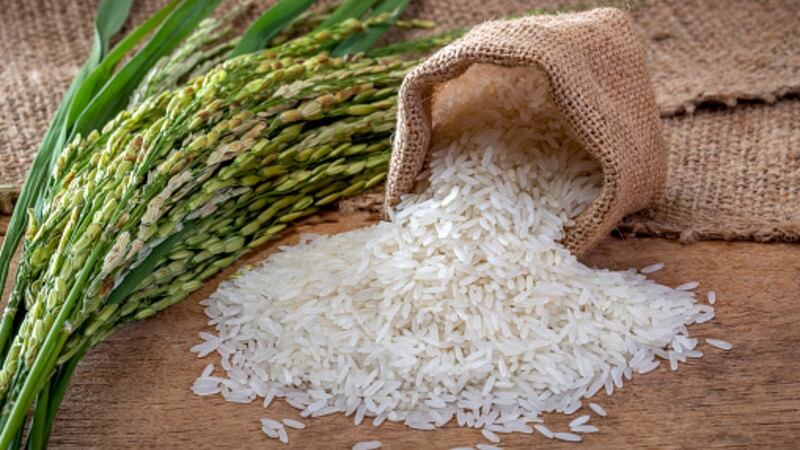The UN World Food Programme (WFP) and the Food and Agriculture Organization (FAO) jointly published a report titled The Early Warning Analysis of Acute Food Insecurity Hotspots.
The report highlighted 20 countries globally as hotspots, meaning their food security situation were likely to deteriorate over the next three to six months, “requiring urgent attention,” but Yemen’s dire situation is expected to result in a famine.
Food insecurity is the inability to have a reliable access to sufficient, affordable and nutritious food.
There are 52 million chronically undernourished people in the Middle East and North Africa region.
Yemen
Yemen remains the world’s largest and most complex humanitarian crisis to date.
Pre-COVID-19, data estimates 17 million people were facing high acute food security in the country with a population of 30 million. These people depend on humanitarian assistance.
Half a million of children and one-quarter of pregnant women suffer from acute undernutrition.
The UN Secretary-General António Guterres released a statement on November 20: “Yemen is now in imminent danger of the worst famine the world has seen for decades. In the absence of immediate action, millions of lives may be lost.”
“This arises from the combination of a drastic reduction in funding for the UN-coordinated relief operation this year compared to 2018 and 2019, a failure to stabilise the value of the Yemeni Rial, impact of the ongoing conflict and impediments on the work of humanitarian agencies, and locusts and floods.”
In addition, COVID-19-related restrictions have affected work opportunities and incomes.
Food prices in Yemen have gone up 140%.
Lebanon and Syrian Arab Republic
In Lebanon, two million people were in need of food assistance this year, double the number in 2019.
The current economic and financial crisis have caused a surge in food inflation (367%) and currency depreciation. Adding the pandemic and Beirut blast, the World Bank estimates 45% of Lebanon’s seven million population would fall into poverty and 22% in extreme poverty.
Earlier in August 2020, the Central Bank declared that it was unable to continue supporting the import of subsidised goods, including food and medicines.
According to WFP estimates, the planned removal of import subsidies is expected to put a strain on households’ purchasing power, with the price of bread potentially multiplying by 1.5 to 3.
In Syria, about 9.3 million people were estimated to be food insecured this year.
Sanctions, COVID-19 related movement restrictions and depreciation of the Syrian pound, made it difficult to import, leading to shortages and spikes in food prices.
The below-average rainfall could also negatively affect wheat growing which typically starts in October, as well as the recent fires which had destroyed large areas of cultivable land.
Key actions and funding
The report recommends several strategies to protect these vulnerable populations.
It called for the distribution of short-cycle and drought-tolerant seeds to mitigate climate changes, surveillance and control of pests and diseases, and also providing storage containers to safeguard seeds and agricultural assets.
The Middle East and North Africa region is prone to flooding (La Niña), drought, and desert locust attacks.
In the report, FAO and WFP are hoping to support national governments to address these food system risks. This includes advocating for borders to remain open, especially for import-heavy landlocked countries.
The UN has prepared several response plans for 2020, including for COVID-19 and humanitarian response plans (HRP).
Syria’s humanitarian response plan requires US$3,817 million, of which 45.7% has been funded so far.
Yemen’s humanitarian response plan requires US$3,382 million, and 42.3% has been raised so far.
Lebanon’s COVID-19 plan requires US$136million, but 46.6% have been funded so far.
The report said: “Insufficient funds have a devastating impact on the food security of the most vulnerable, affecting not only the livelihood interventions required to mitigate hunger and promote stability, but also life-saving food assistance.”




